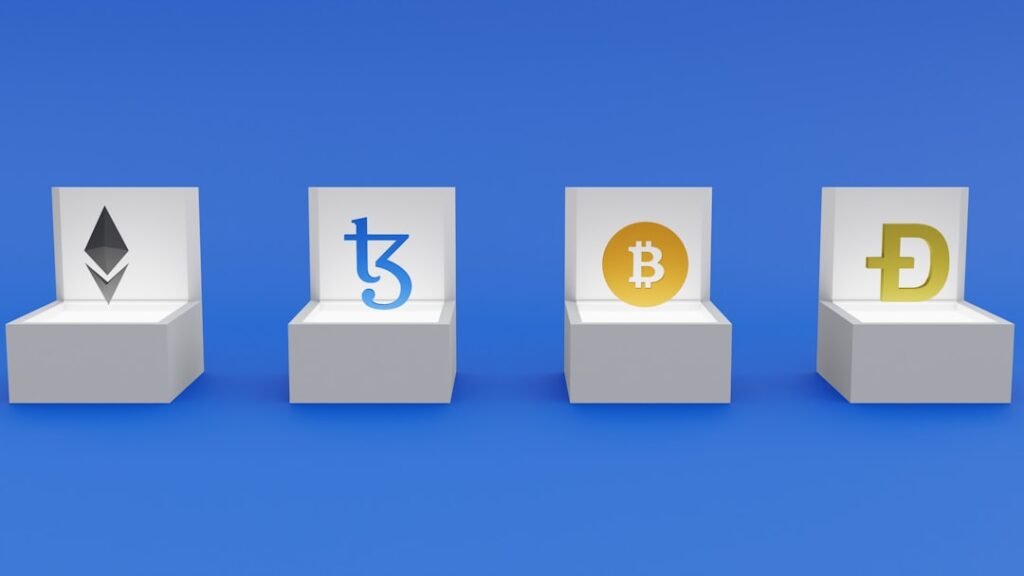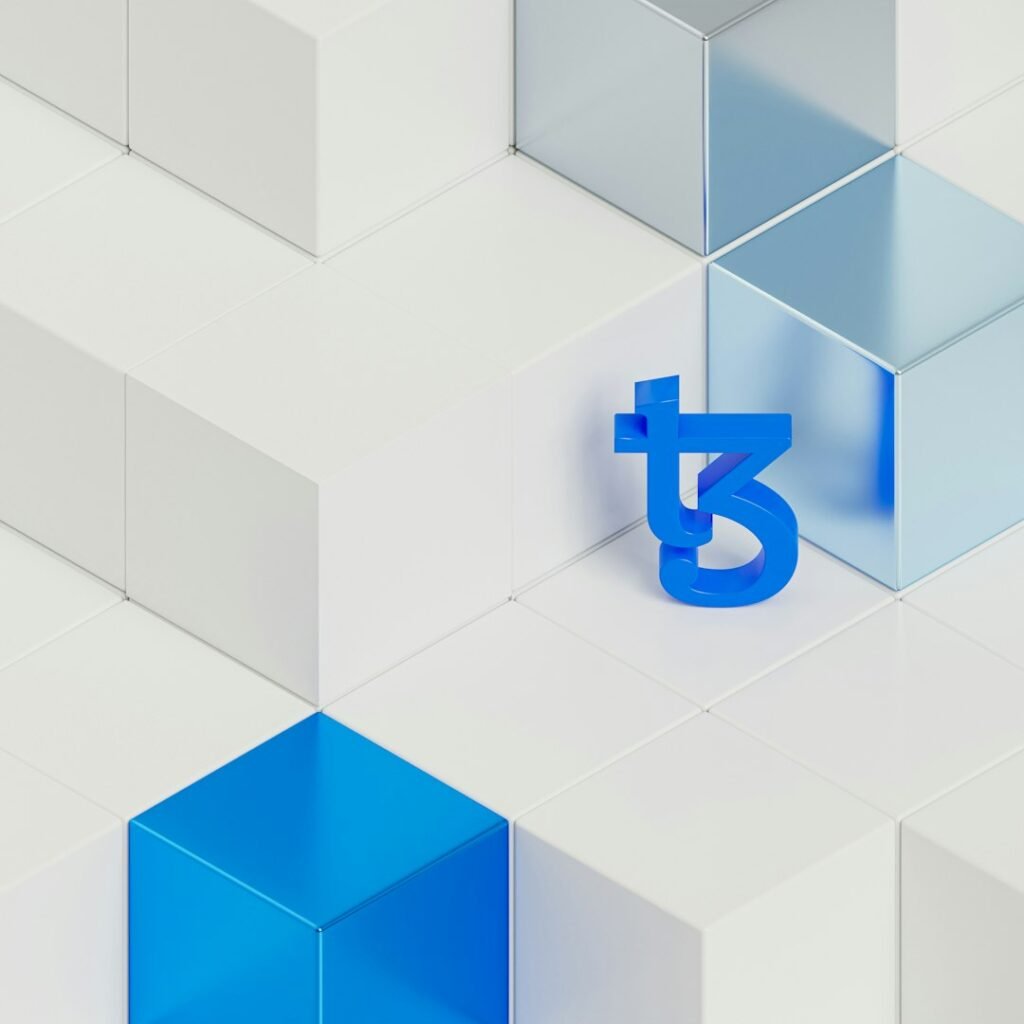{“section”:”Introduction”,”text”:”Stablecoins have recently gained significant attention, becoming a focal point in discussions both within the cryptocurrency industry and among the broader public. News reports, regulatory developments, and financial innovations have propelled stablecoins into the spotlight. However, opinions on their role and impact remain divided.”}, {“section”:”Optimistic View”,”text”:”Optimists view stablecoins as the next critical breakthrough for the crypto industry, bridging the gap between blockchain’s openness and efficiency and the need for price stability. They are seen as a pragmatic solution that combines technological ideals with real-world demands.”}, {“section”:”Skeptical View”,”text”:”On the other hand, skeptics argue that stablecoins represent a form of ‘co-optation’ by the traditional financial system. Anchored to fiat currencies and subject to regulatory frameworks, they may dilute the decentralized ethos of blockchain technology.”}, {“section”:”Core Debate”,”text”:”This debate raises a fundamental question: Are stablecoins the beginning of a new era in digital finance, or do they mark the end of the ‘monetary freedom’ experiment initiated by Bitcoin?”}, {“section”:”Bitcoin’s Origins”,”text”:”To explore this, we must first examine Bitcoin’s origins. Created in response to the 2008 financial crisis, Bitcoin was designed as a technological and philosophical experiment. Its core principles—freedom, scarcity, and volatility—reflect a vision of currency free from central bank control. However, its price volatility has made it impractical for everyday transactions, leading some to label it a ‘failed currency’ by mainstream economic standards.”}, {“section”:”Stablecoins as a Solution”,”text”:”Stablecoins emerged as a solution to this dilemma, combining blockchain’s advantages with fiat currency stability. Their evolution has seen several iterations, from early collateralized models like BitUSD and USDT to decentralized attempts like DAI and algorithmic experiments like UST. Despite these efforts, most stablecoins have gravitated back toward centralized, regulated models, raising questions about their alignment with blockchain’s original ideals.”}, {“section”:”Philosophical Divides”,”text”:”The tension between Bitcoin and stablecoins reflects deeper philosophical divides. Bitcoin, rooted in Austrian economic thought, prioritizes decentralization and scarcity as the foundation of trust. Stablecoins, influenced by mainstream economics, emphasize stability and regulatory compliance. This contrast underscores a broader debate: Should trust be placed in algorithmic systems or traditional institutions?”}, {“section”:”Future Outlook”,”text”:”Looking ahead, Bitcoin and stablecoins may coexist, serving different roles in the financial ecosystem. Bitcoin could function as ‘digital gold,’ a store of value independent of national systems, while stablecoins facilitate everyday transactions. However, this raises a critical question: Are we moving toward a more open, decentralized financial future, or simply creating a more efficient version of the existing system?”}, {“section”:”Conclusion”,”text”:”The rise of stablecoins forces us to confront these choices, highlighting the ongoing tension between innovation and tradition in the world of digital finance.”}











